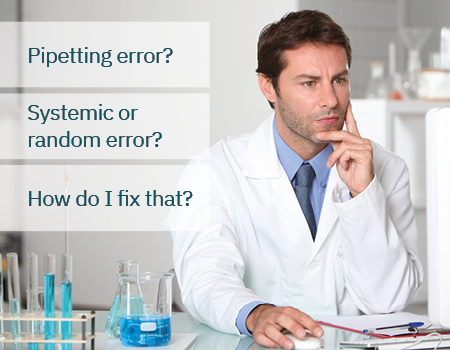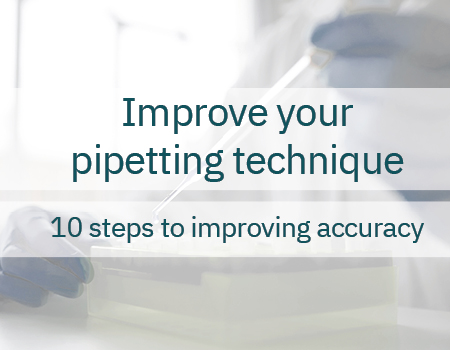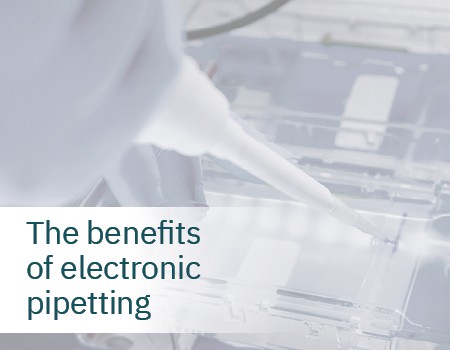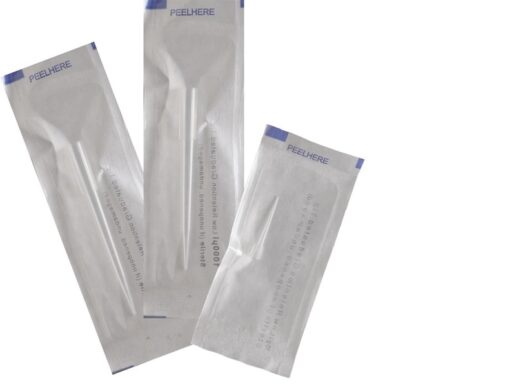
Guide to pipetting and handling of difficult liquids
Pipetting low vs. high density liquids
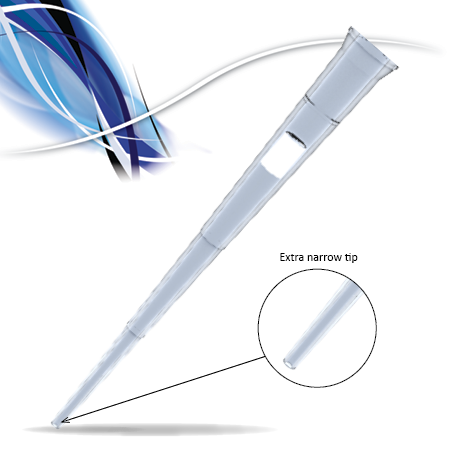
By low density liquids, such as PCR reagents, tips with extra narrow orifice are ideal. The extra narrow tip orifice along with the extended lenght of the tip support even a less skilled user in reaching consistency in their pipetting protocol, significantly improving the reproducibility of their pipetting results. By liquids of densitiy higher than water, the standard 10µl tips may be the preferred choice, due to their slightly wider tip orifce.
Top precision needed! Carefull with the sample!
 If top accuracy and reproducibility of the results is needed, or when working with sensitive or expensive substances that need to be handled with an extra care, the low retention tips are the best option to go for.
If top accuracy and reproducibility of the results is needed, or when working with sensitive or expensive substances that need to be handled with an extra care, the low retention tips are the best option to go for.
The unique mixture of plastic polymer provides utra smooth surface inside the tip.
Samples requiring the stricest aseptic conditions
When handling samples requiring the strictest aseptic conditions, the individually wrapped tips are espacially recommended.
The single wrap packaging ensures sterility for every single pipetting cycle, maximizing the exceptional performance of the sterile tips.
Handling fluorescent or light-sensitive substances
When processing light-sensitive samples some users wrap their samples in aluminum foil in order to protect the samples from the light impact. When working with photo sensitive, fluorescent or ethidium bromide probes the black microcentrifuge tubes can be a great solution. Unlike amber tinted tubes, the black microcentrifuge tubes are completely opaque and can be used even with the most light-sensitive samples.


